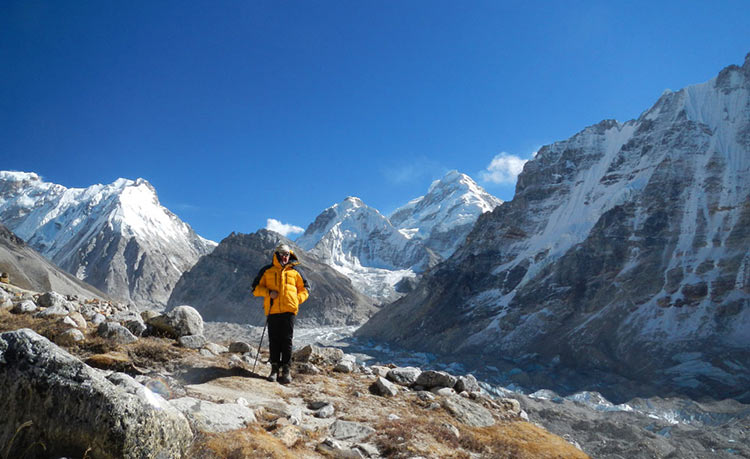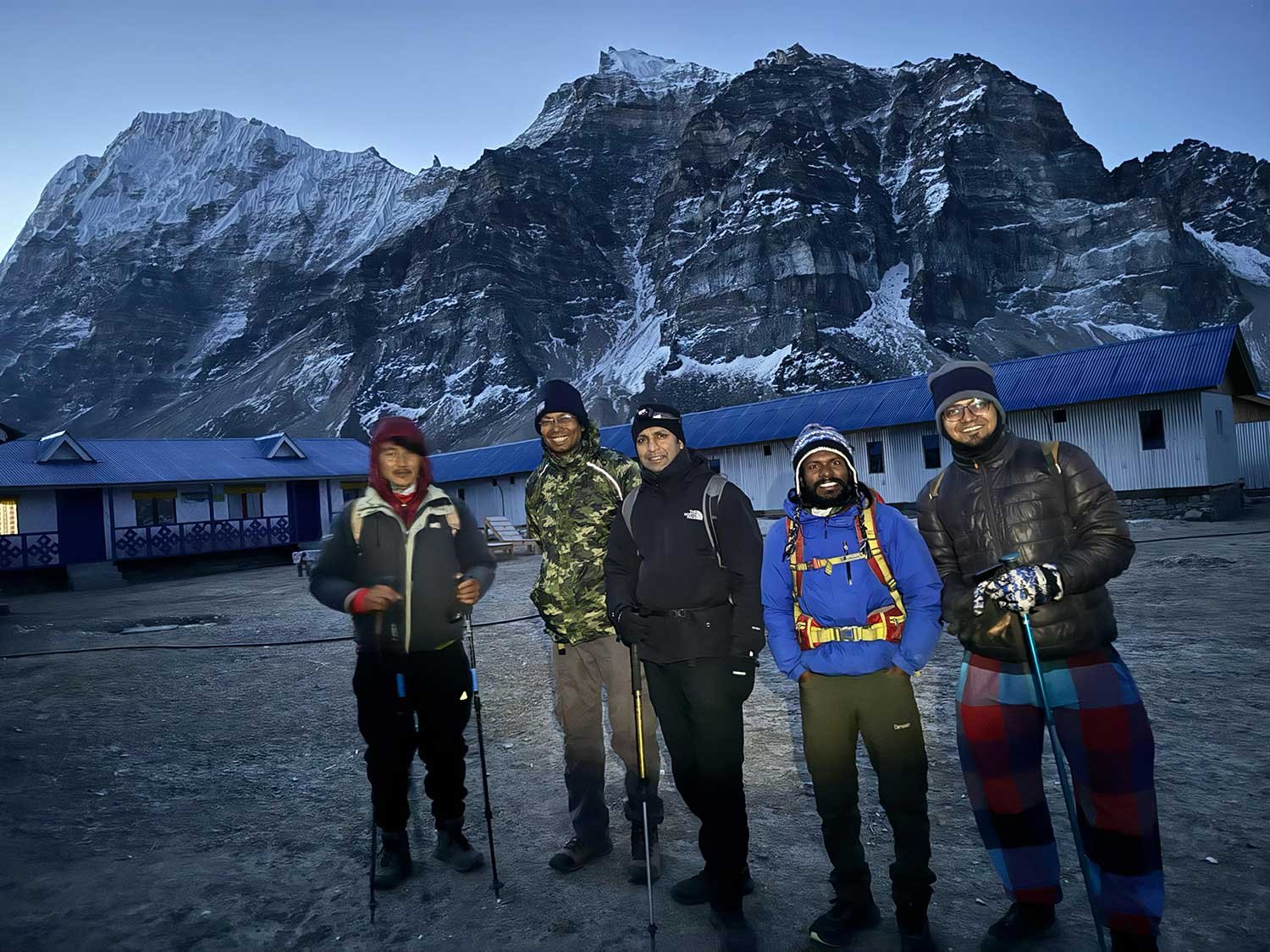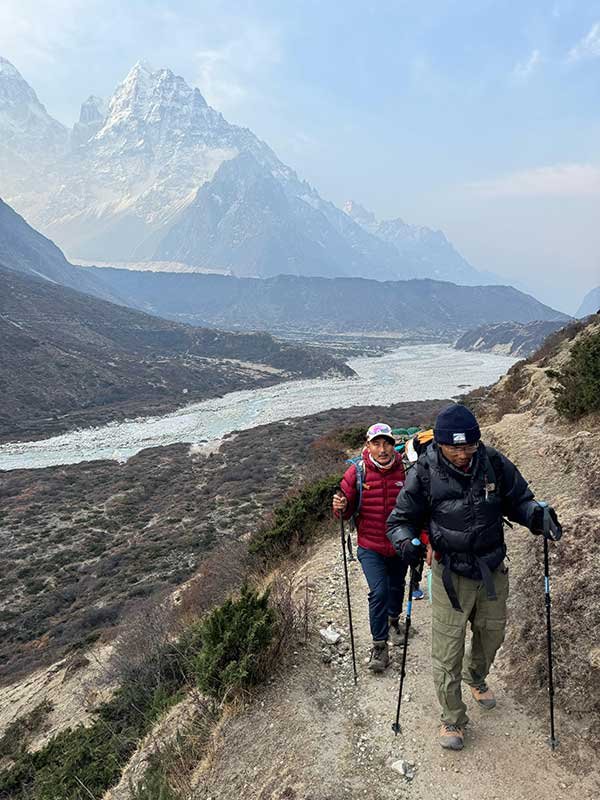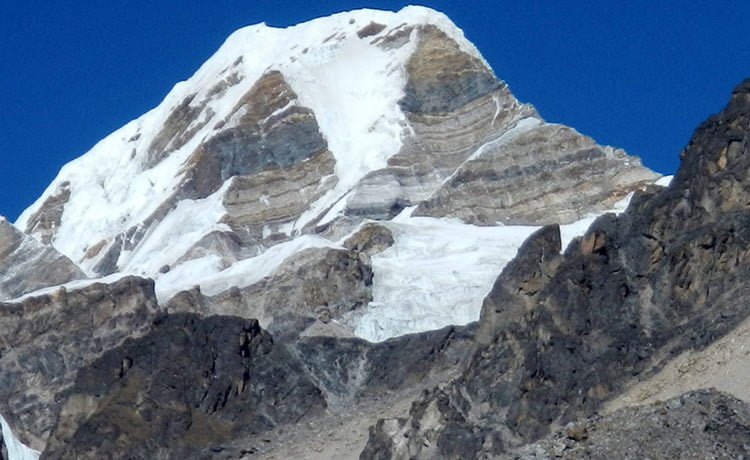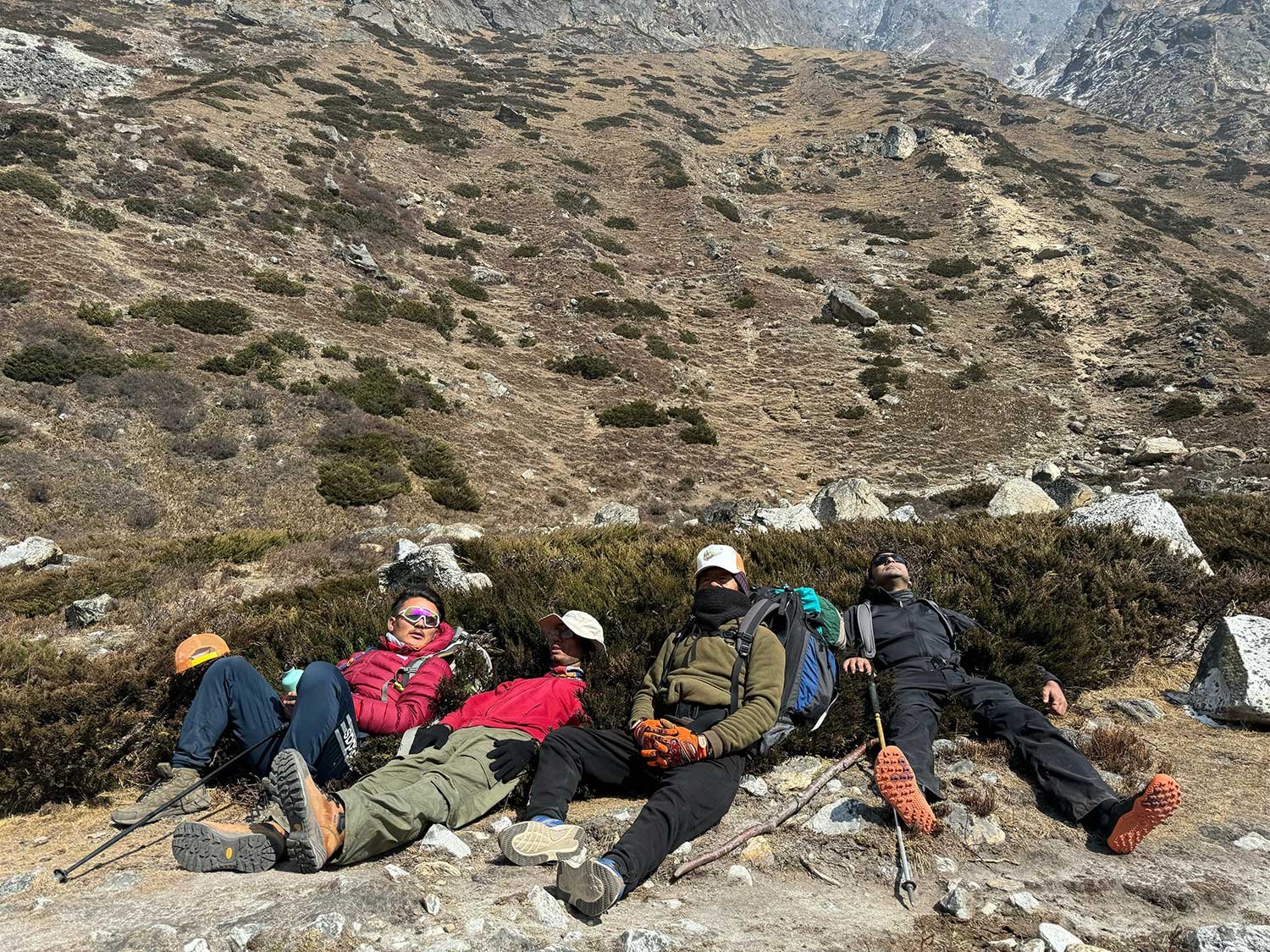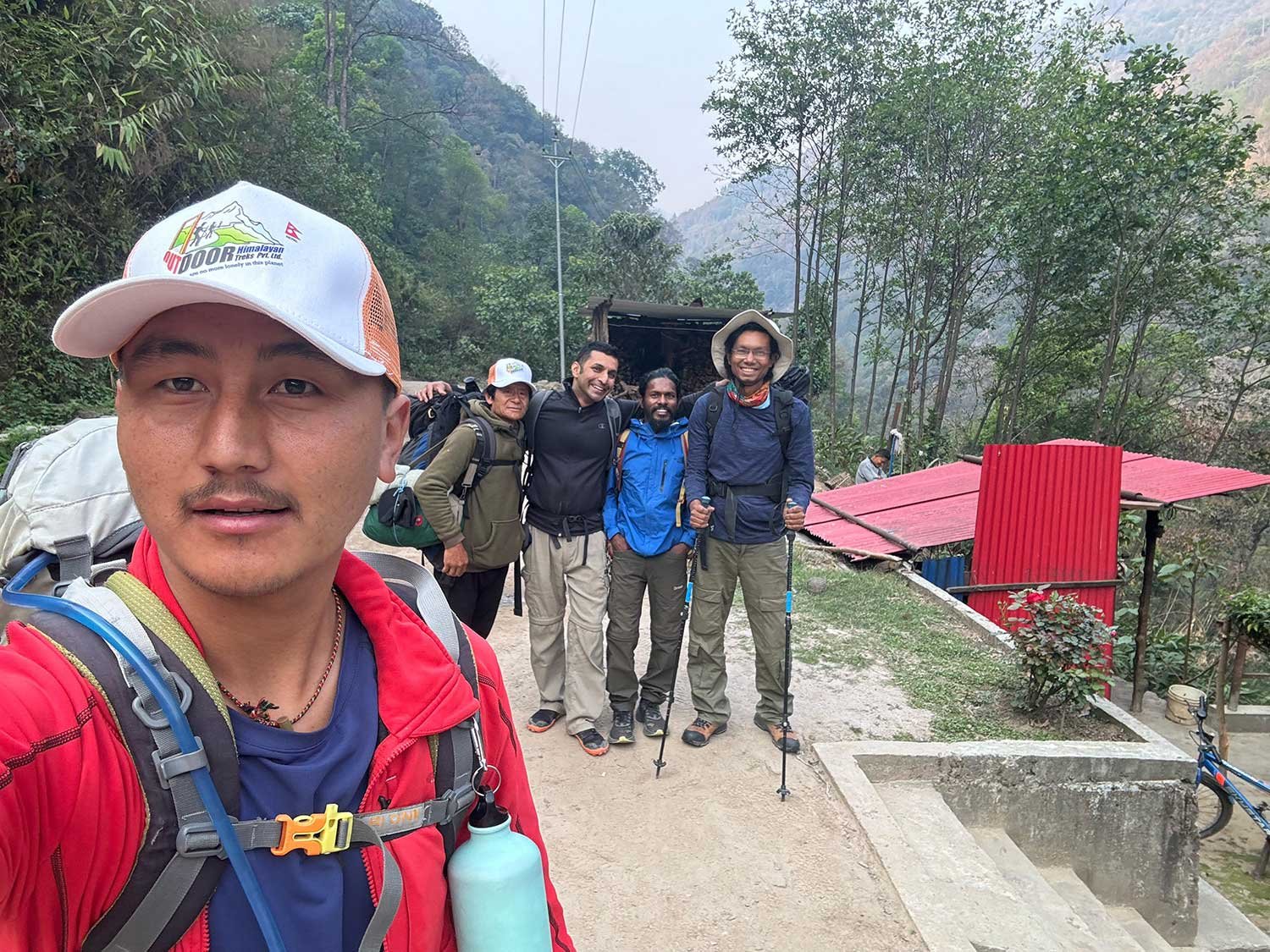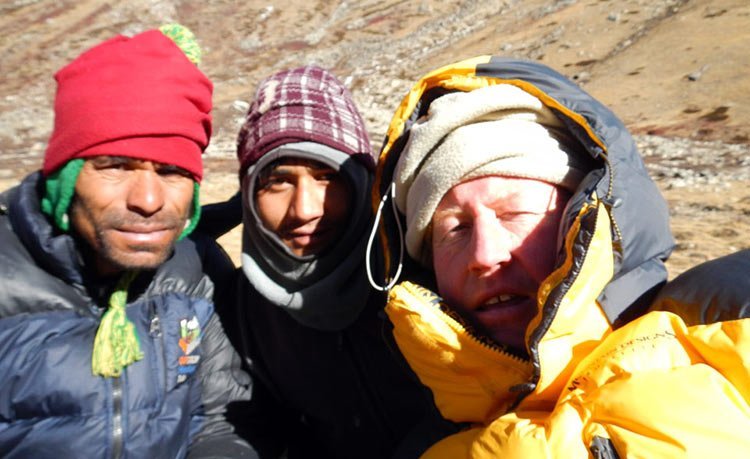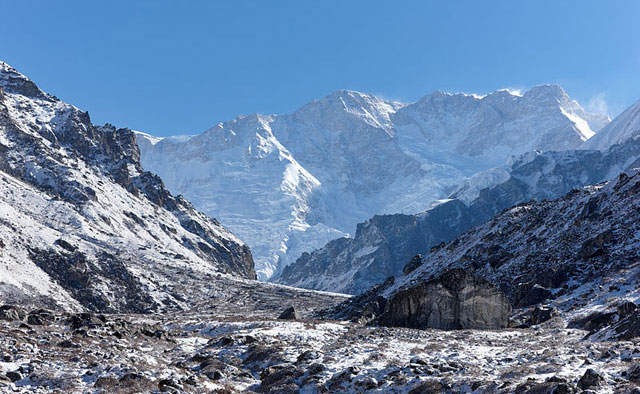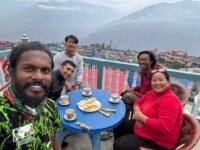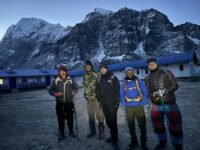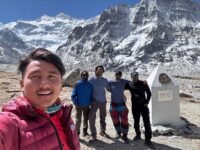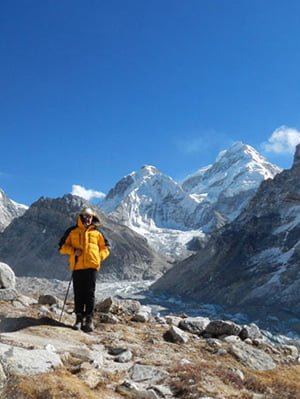Kanchenjunga/Kanchanjunga Base Camp Trek in the far-eastern region of Nepal is off-beat and full of adventure. The region is remote and hence less explored but offers the pristine beauty of the region. The entire region is protected under the Kanchenjunga Conservation Area which is home to numerous diverse flora and fauna. The natural beauty of the region along with its unique rural life and culture awaits adventurers.
Is this Kanchanjunga Base Camp Trek for me?
Physical Grading: Strenuous
A strenuous trek that demands trekkers/travelers to have a top-notch level of physical and mental fitness to trek daily for long hours at high altitudes.
Max Elevation: 5,143 m (Kanchenjunga North Base Camp/Pang Pema)
Get rewarded by the impressive views of Chang Himal, Kirant Chuli, and the northern face of Kanchenjunga.
Accommodation: Hotel, Teahouse
Basic but comfortable accommodation with limited facilities and a standard hotel in a city.
Meals: Full Board
3-course Healthy and Hygienic meals during the trek, and only breakfast in a city.
Best Season: Autumn & Spring
Clear views and comfortable trekking trails due to stable weather and temperature.
Trip Route:
Taplejung – Mitlung – Chirwa – Sekathum – Amjilosa – Gyabla – Ghunsa – Kambachen – Lhonak - Pang Pema - Lhonak – Ghunsa - Sele La Phedi - Tseram - Oktang – Ramche – Tortong – Yamphudin - Khebang
Kanchanjunga Base Camp Trek Overview
Kanchenjunga/Kanchanjunga Base Camp Trek is a full-fledged adventure trek in the far-eastern corner of Nepal. It adjoins the Sikkim province of India and is the least trekked section of the Himalayas. The region still awaits enthusiastic adventure seekers to unlock its fabulous scenery and mysterious enclaves of rural life and cultures. Pass through lush alpine forests of rhododendron, pine, birch, and pristine alpine meadows. The remote Sherpa settlements make it not just a good trekking venture but an adventure quest in the Himalayas.
Several trekkers and climbers set out to visit Everest and Annapurna regions every year for adventure trekking and climbing. However, the Kanchanjunga Base Camp trek sees very few of them. The mountain was first conquered by two British mountaineers Joe Brown and George Band in 1955 A.D. In 1979 again, 3 other Britishers Doug Scott, Pete Boardman, and Joe Tasker ascended the mountain’s north ridge. It is an astounding feat in the history of mountaineering.
Our itinerary takes you to the north base camp of Kanchanjunga, where you will see fabulous scenes of Kumbhakarna/Jannu, Chang Himal, and Kanchanjunga itself. Some formidable sections are waiting along the trail as well. It requires the visitors to walk through slippery sections on the riverbanks and landslides leaving no recognizable trail for trekkers. Yet when you negotiate all the difficulties and complete your journey, a sense of triumph and a rewarding experience of intimate touch with pristine nature and unspoiled culture give you deep satisfaction.
Kanchanjunga Base Camp Trek Highlights
- Less-traveled off-beat trek
- Highest Point-Kanchenjunga North Base Camp/Pang Pema (5,143 m)
- Pass through lush alpine forests of rhododendron, pine, birch, and pristine alpine meadows.
- Untouched nature and varying cultures and ethnicities
- Immerse yourself in the Himalayan lifestyle and culture of locals
- Magnificent views of snow-capped peaks (Jannu, Chang, Kanchenjunga, Chang Himal, Kirant Chuli)
